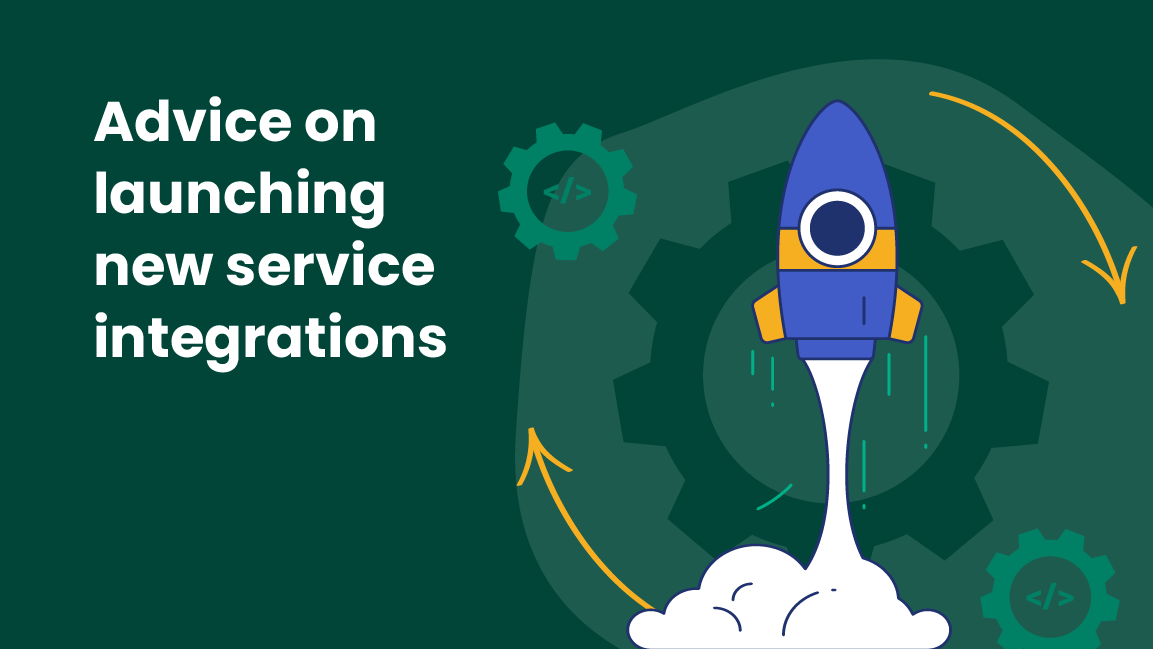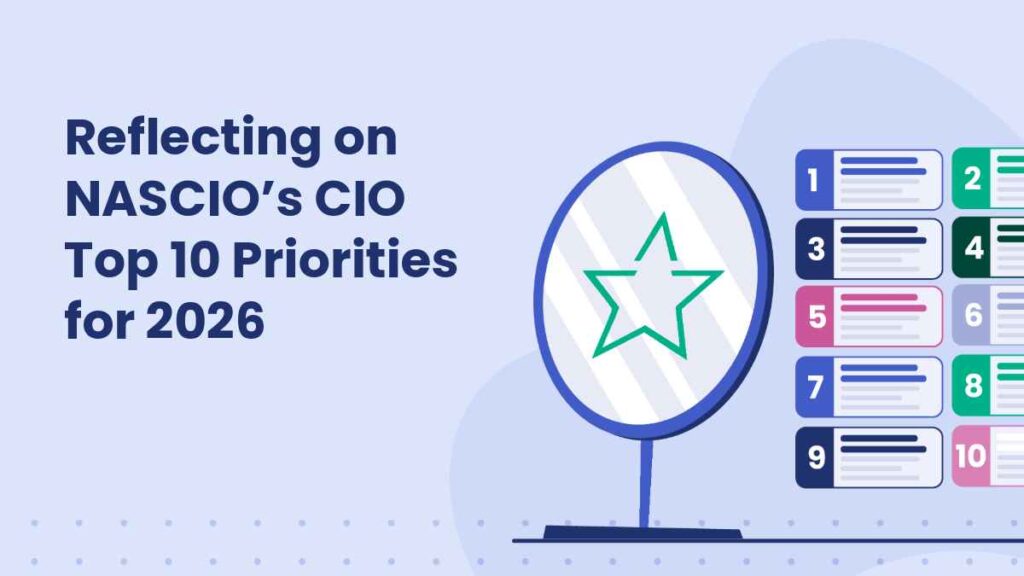Some practical advice on launching new service integrations

In a previous post, we covered the challenges government agencies face when trying to connect disparate systems to better serve their customers. We pointed out that even when one of your providers says they won’t or can’t…or blocks progress in connecting systems, it’s important for agencies to stand firm that they own their data and should be able to move it however they need to in order to serve their community. We also called for the industry to move towards more open, standardized integration interfaces. More on that later.
This post will help you:
- Choose partners who will support integrations
- Know what to look for in a technology solution so that connecting it with other systems can be as straightforward as possible
Start with your goals and work backward
The most important thing to do is be clear about the outcomes you are trying to achieve.
Are you seeking to increase revenue? Save cost? Do you have a time or resource constraint?
A good partner will talk with you about your goals, ask questions to understand your business rules and existing systems and make recommendations about how to approach standing up solutions that talk to your back office or financial systems.
Be upfront about the constraints your department is working with and the outcomes you hope to achieve. During your meetings with vendors, prospective partners will likely want to understand the following in order to provide you with a great solution:
- Are the back-office systems on-site hosted, cloud-based, or mixed?
- What connectivity options are available for each system (API, flat file, mixed, etc.)?
- Are the connectivity options real-time, batched, or mixed?
- Is there a testing environment available that can be used for configuration and testing? How often are they refreshed?
Try to have as much information ready as possible, and come prepared with a list of questions.
If your department is researching and vetting tech partners, make sure you ask questions that poke at those niche, detailed situations. It shouldn’t matter if the agency is constrained by your legacy system of record, all a good partner needs is a mechanism to exchange data, and the willingness to help you achieve your goals. If a partner says it’s too hard, against policy, or technologically impossible for their company — walk away.
APIs make it easy
If your system of record provides a modern, secure API, integrating systems will probably be fairly straightforward. Look for the following things:
- Is it built with Open REST API Standards?
- Does the API use secure connectivity options such as client ID and secret or tokenization?
- Does the API have a standard health check endpoint to monitor status and uptime?
- Is there cloud-based architecture with a demonstrated ability to auto-scale during periods of increased traffic/volume?
- Are there contingencies in place in case there is a connectivity outage?
- Does the API provide verbose logging to trace and investigate issues when they arise?
But a flat-file exchange can be just as good
If your system of record does not offer a ready-made API or if your agency operates on a homegrown solution, a flat-file exchange is a viable alternative. Using a flat file transfer is a good model for getting new digital services live quickly. And while there may be a small tradeoff in real-time visibility, a good partner will be able to automate a flat file transfer to get the right data points to the right place at the right time.
Ask prospective partners about how they manage flat file transfers. Some questions to start:
- What systems have they successfully integrated into?
- Are there specific systems where they have failed to create an integration?
- Is there an independent configuration layer in between to make things more seamless?
- Is there automation to have the file exchange happen at a regular cadence, or will human intervention be required?
- How frequently can data be exchanged between systems?
Partners who regularly and successfully integrate with flat files should have no problem providing references.
Government systems (and their partners) should “just work”
Connecting systems from different parts of an agency, from different stages of technology maturity, and serving different purposes will always be part and parcel of every government technology initiative.
A trustworthy partner can (and will) explain their integration process and how it tackles problems, acts with integrity, has contingency plans, and is able to think outside the box. Regardless of the integration, a tech partner should be proactive and have an innovation mindset — and most importantly, align with the agency’s goals.
In the process of vetting technology partners? Here are a few more resources:
Digital Government Service Delivery – A Guide for Buyers
Looking for more content?
Get articles and insights from our monthly newsletter.




